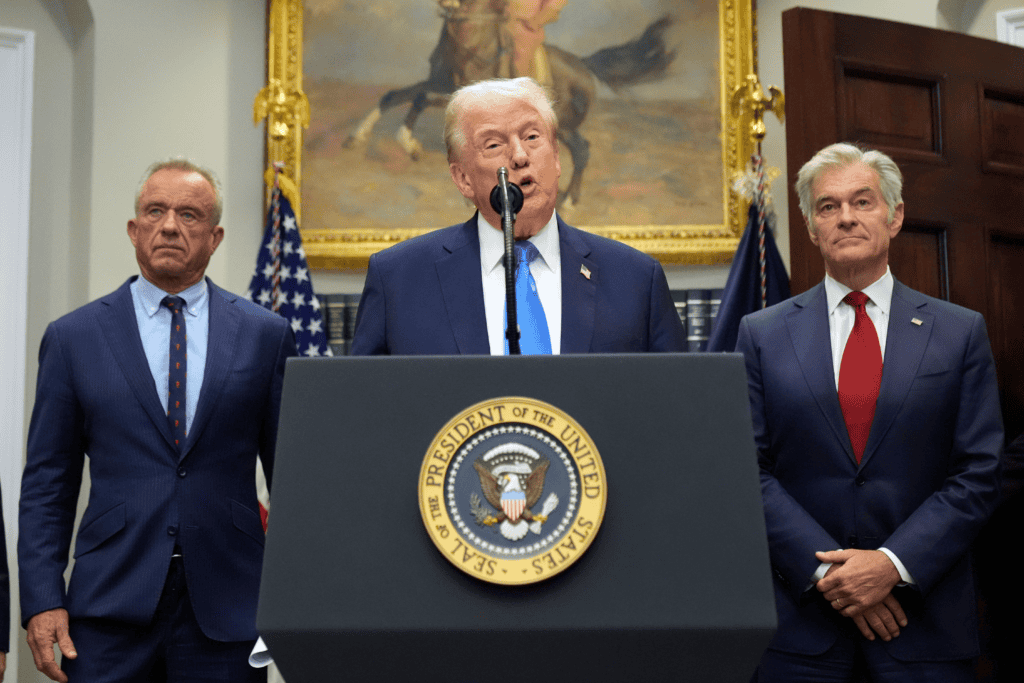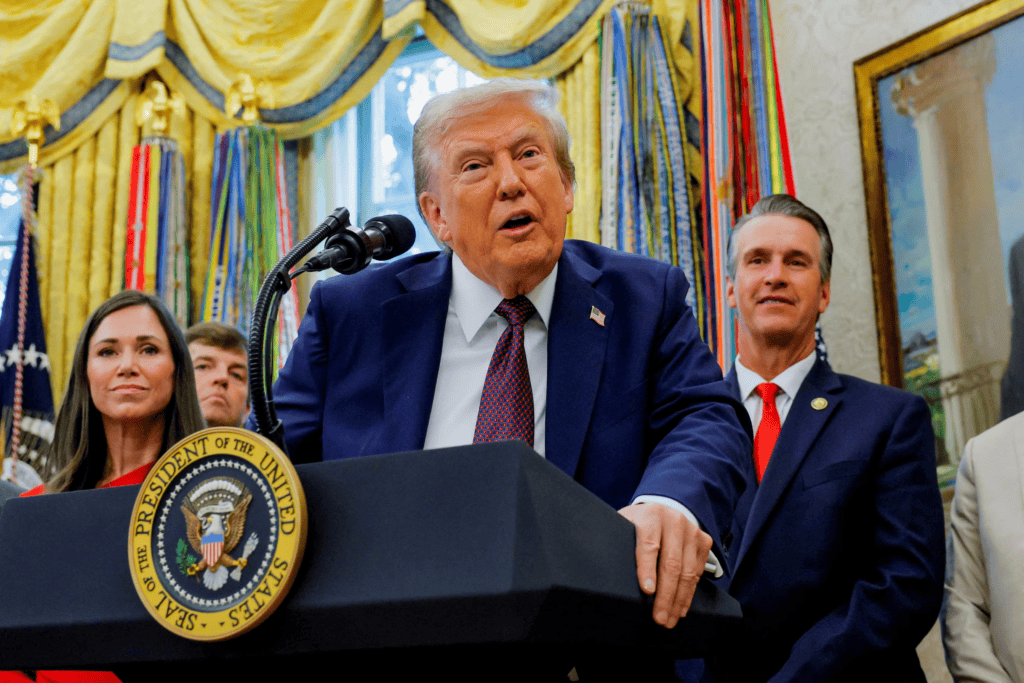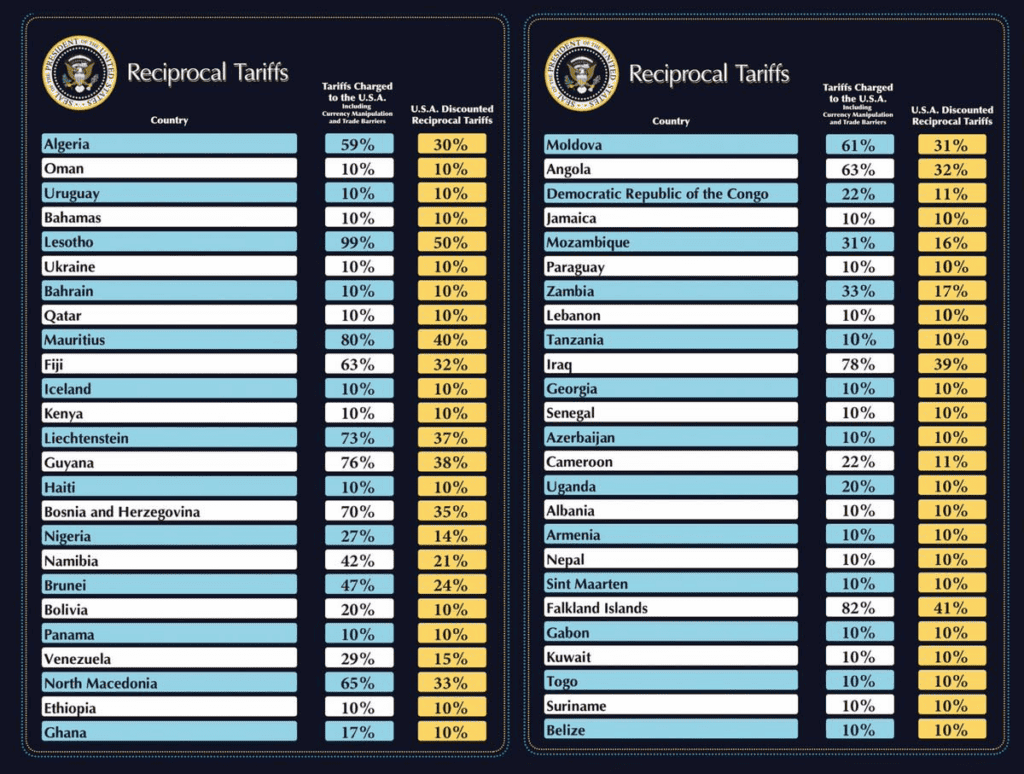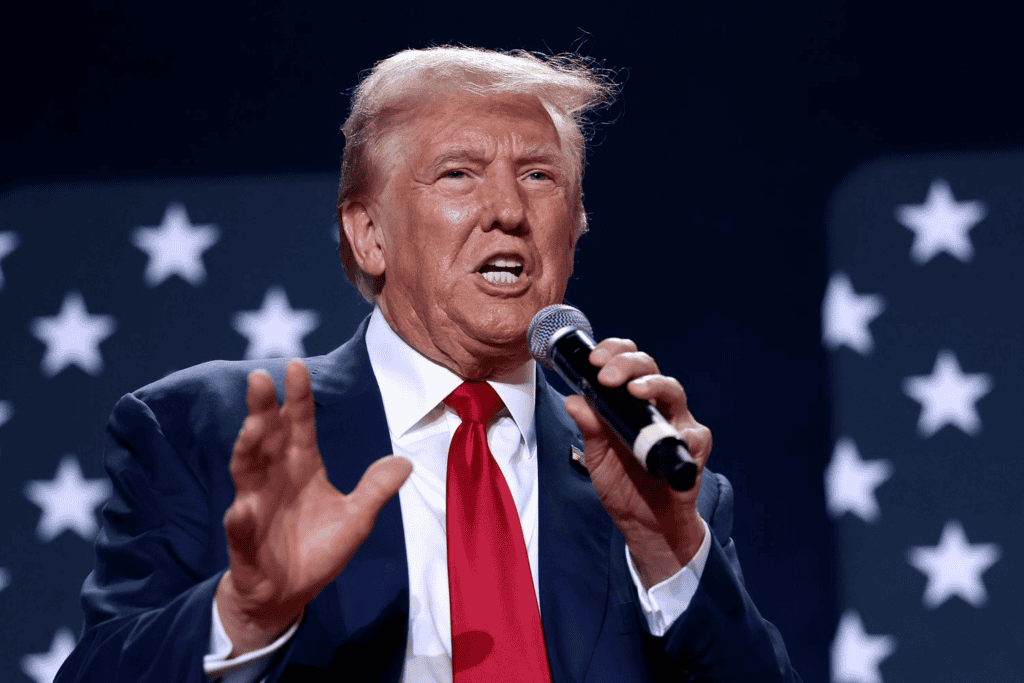How a Mississippi Monkey Escape Became a Viral Misinformation Storm
A highway accident involving a truck carrying 21 rhesus monkeys in Mississippi quickly spiraled into widespread misinformation after law enforcement repeated inaccurate claims from the driver that the animals were infected, prompting fear and confusion across social media and news outlets.










